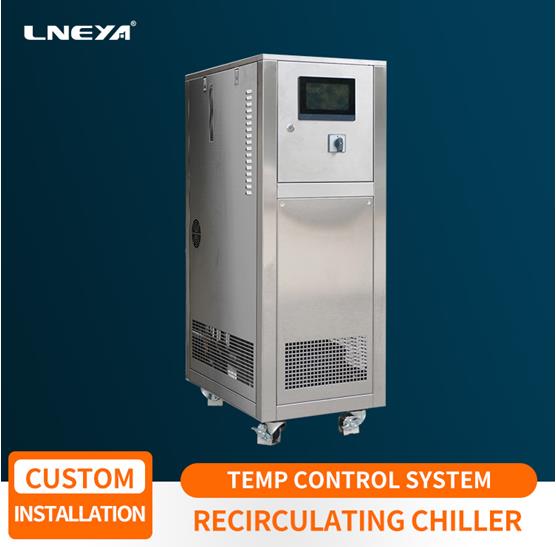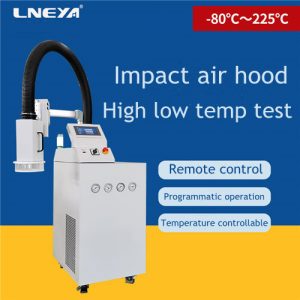A cosa bisogna prestare attenzione quando si aggiunge refrigerante a un refrigeratore raffreddato ad acqua
In our life, we believe that everyone is
very familiar with refrigeration. In the central air conditioning and
industrial production process cooling industry, small water-cooled chillers is
more common. This unit is composed of a compressor in the fuselage, a
horizontal shell and tube condenser, an evaporator, a thermal expansion valve,
and some related parts. Under the cooperation of these auxiliary parts, the
overall small water cooled chiller is compact in structure, convenient in
operation and control, and is popular among the public in the market.

For refrigeration systems that do not have
a high pressure reservoir and a low pressure vapor-liquid separator, the
control of refrigerant charge is particularly important. Because the
refrigeration system is a condenser and also acts as a high-pressure reservoir,
the refrigerant is stored in the condenser, and the condenser is cooled. The
heat dissipation area is reduced and the condensing pressure is increased,
resulting in a decrease in cooling capacity.
For the control of the refrigerant charge
of such small water-cooled chillers, the following methods are followed during
the filling process:
First, touch the temperature of the
condenser casing.
The upper outlet of the condenser outlet is
heated above the outlet, and the outlet below the outlet is cool. (There is a
description of the high temperature exhaust of the compressor in the inside.
The cooling indicates that the small water-cooled chillers is a liquid space.)
Second, look at the inspiratory pressure.
Corresponding to the temperature of the
refrigerant water in the evaporator. (That is, corresponding to the evaporation
temperature.)
Third, look at the compressor return pipe
temperature.
The high-temperature unit return pipe
should be cooled and dew, but it can be dew condensation to the compressor
return valve; the low-temperature unit return pipe should be frosted, but the
frost can be connected to the compressor return valve. If condensation or frost
builds up on the compressor casing, liquid refrigerant will enter the
crankcase, causing the compressor to run back and cause liquid
problem.
The above is a partial analysis of our
LNEYA technicians for water-cooled chillers. Regarding the specific use of our
water-cooled chillers, you can contact us sales@lneya.com for more detailed
instructions.
Raccomandazioni correlate
-
Circolatore chiuso da laboratorio vasche di miscelazione smaltate sistema di refrigerazione e riscaldamento
833Closed laboratory enameled mixing tanks refrigeration and heating system
Visualizza i dettagli -
The Noise Analysis of Precision Chiller
1291Generally speaking, even the most sophisticated refrigerating equipment will also have some trouble when used for a long time. If the noises present in the precision chiller after prolonged use, I am sure that it appears some faults. So let's go d...
Visualizza i dettagli -
How to choose the model of the temperature control device of the lithography machine?
877How to choose a suitable industrial chiller, and what aspects should be paid attention to in the design of the unit?1. Choose air-cooled or water-cooled temperature control device for lithography machineThe condensation methods of industrial chil...
Visualizza i dettagli -
Requisiti di installazione del refrigeratore industriale
969(1) L'alimentazione del chiller è trifase a quattro fili, la linea di alimentazione (R, S, T) è collegata alla linea di alimentazione del fuoco, (N) alla linea dello zero, (G) alla linea di terra,
Visualizza i dettagli
 Refrigeratori industriali LNEYA Produttore Fornitore
Refrigeratori industriali LNEYA Produttore Fornitore











